Oakton Salt 6 User manual
Other Oakton Measuring Instrument manuals

Oakton
Oakton PD 300 User manual

Oakton
Oakton CON 110 User manual
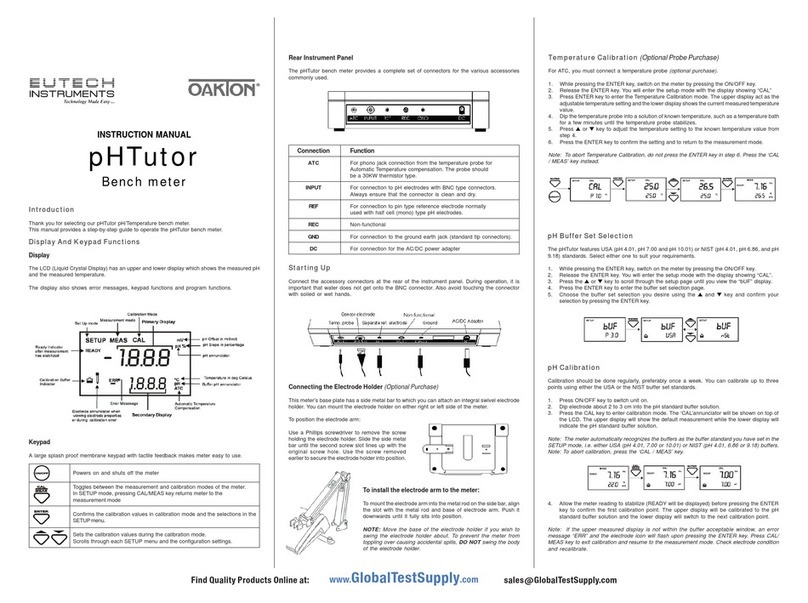
Oakton
Oakton pHTutor User manual

Oakton
Oakton pH 310 User manual

Oakton
Oakton EC250 User manual
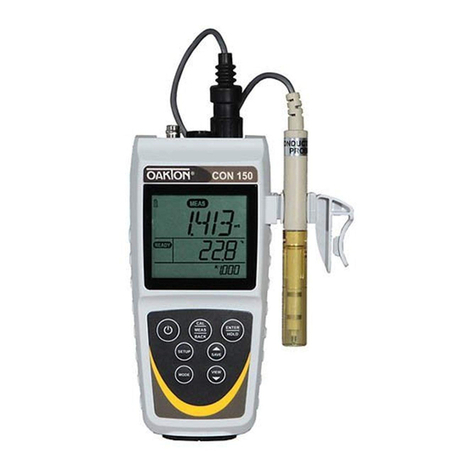
Oakton
Oakton 150 Series User manual

Oakton
Oakton WD-35606-00, WD-35606-05 User manual
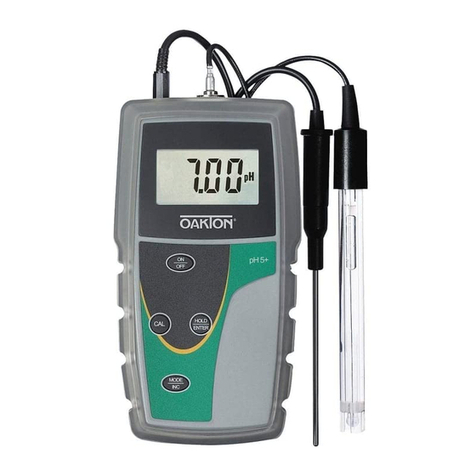
Oakton
Oakton pH 5+ User manual

Oakton
Oakton 35618 Series User manual

Oakton
Oakton Ion 510 Series User manual
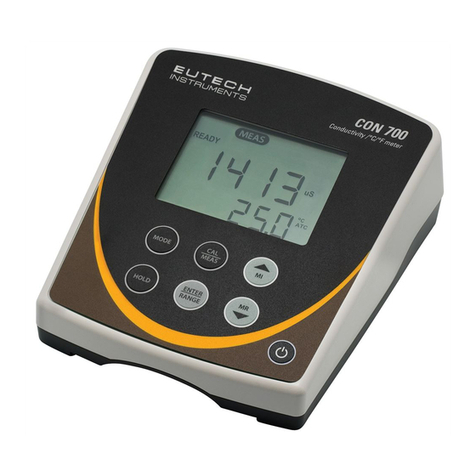
Oakton
Oakton CON 700 User manual
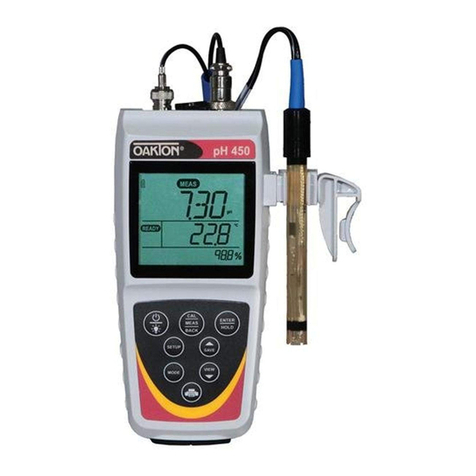
Oakton
Oakton 450 Series User manual
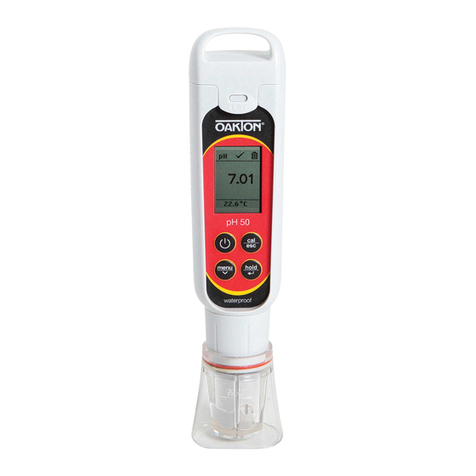
Oakton
Oakton pHTestr 50 User manual

Oakton
Oakton PH550 User manual
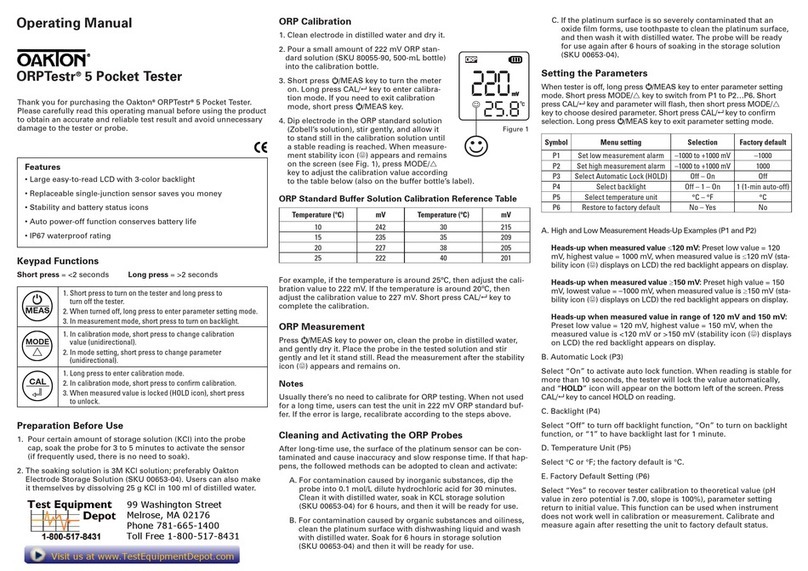
Oakton
Oakton ORPTestr 5 User manual

Oakton
Oakton T100WL User manual
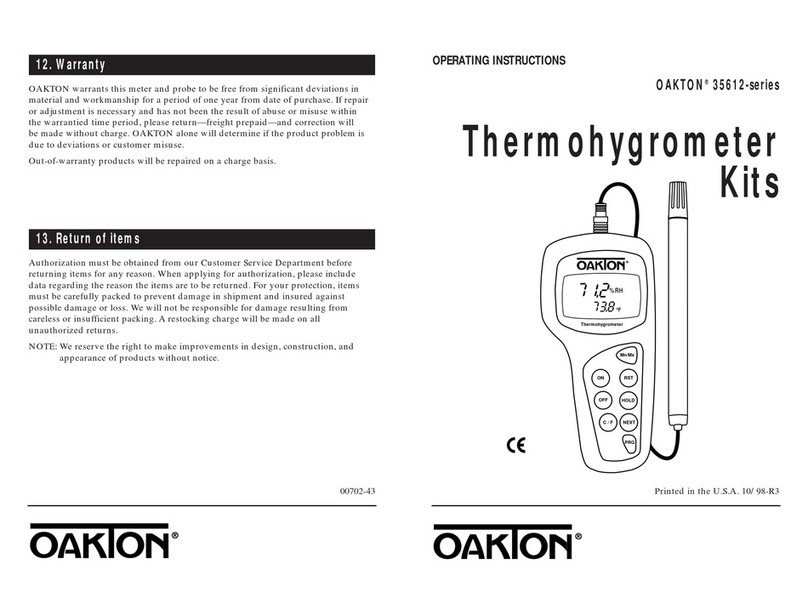
Oakton
Oakton 35612-series User manual
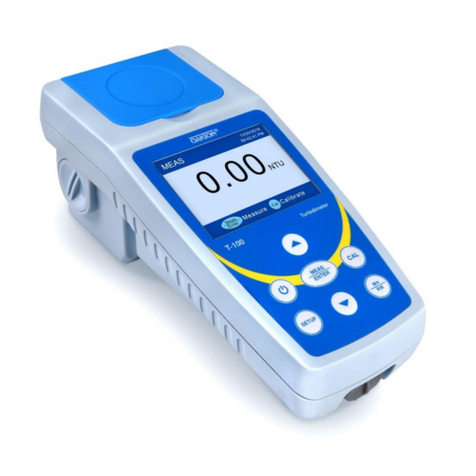
Oakton
Oakton T-100IR User manual

Oakton
Oakton CON550 User manual
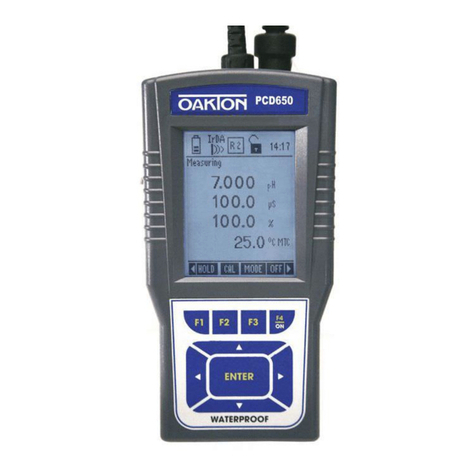
Oakton
Oakton PCD 650 User manual
Popular Measuring Instrument manuals by other brands

Powerfix Profi
Powerfix Profi 278296 Operation and safety notes

Test Equipment Depot
Test Equipment Depot GVT-427B user manual

Fieldpiece
Fieldpiece ACH Operator's manual

FLYSURFER
FLYSURFER VIRON3 user manual

GMW
GMW TG uni 1 operating manual

Downeaster
Downeaster Wind & Weather Medallion Series instruction manual

Hanna Instruments
Hanna Instruments HI96725C instruction manual

Nokeval
Nokeval KMR260 quick guide

HOKUYO AUTOMATIC
HOKUYO AUTOMATIC UBG-05LN instruction manual

Fluke
Fluke 96000 Series Operator's manual

Test Products International
Test Products International SP565 user manual

General Sleep
General Sleep Zmachine Insight+ DT-200 Service manual



















